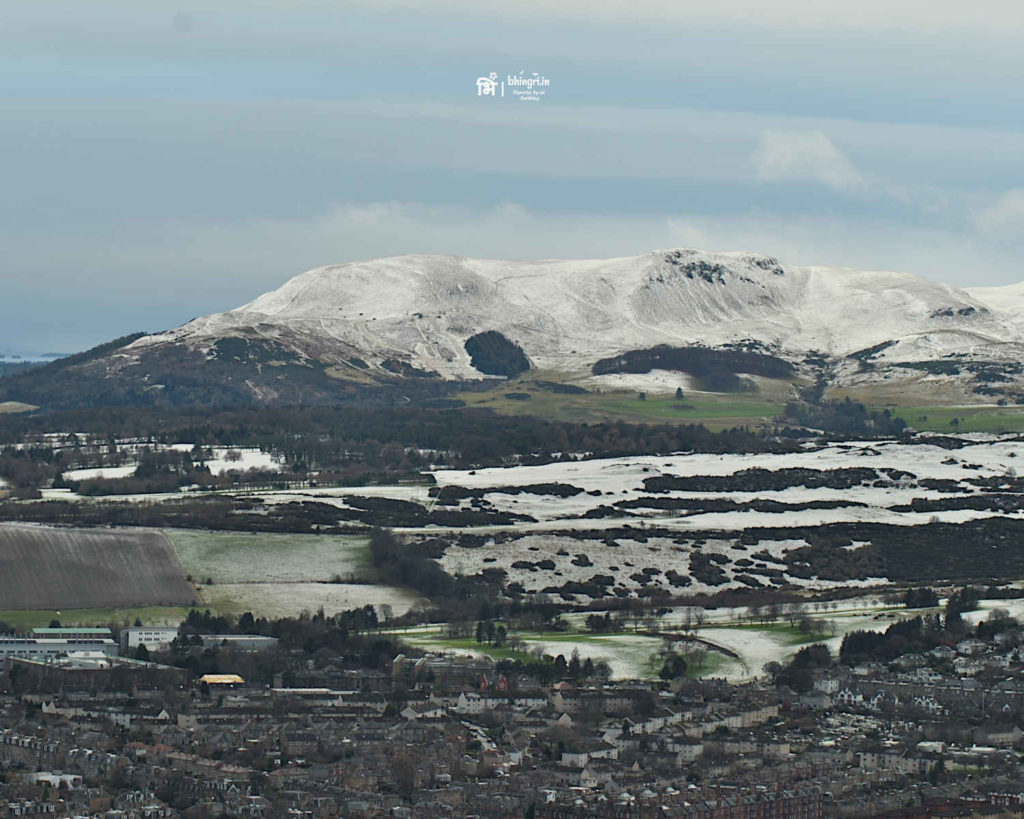
Edinburgh, the Scottish capital city undoubtedly is my favourite. It has its own aura of magnificence. I have written about it once before when I experienced the Christmas market last year. Beautiful medieval architecture, a huge castle visible from anywhere in the city thus taking centre stage, and its incredible historical, industrial/scientific legacy that attract me to Edinburgh. Additionally, for me, the best thing about Edinburgh is that it’s just over an hour of travel away from Glasgow where I am. There’s a good connectivity between the two cities too. This means I can visit even on a whim and can return without staying overnight. Over the last one year I have explored the city a bit. Here is one quirky perspective about some of the most interesting places.

Picturesque and Magnificent Edinburgh

It doesn’t take more than a minute for you to fall in love with this city. It’s beautiful and we notice it the moment we step out of the bus/train station. Very old buildings, pleasing architecture, a majestic castle in the centre and ambience engulfed in the stories of legends and their historical inventions, this city takes your breath away.
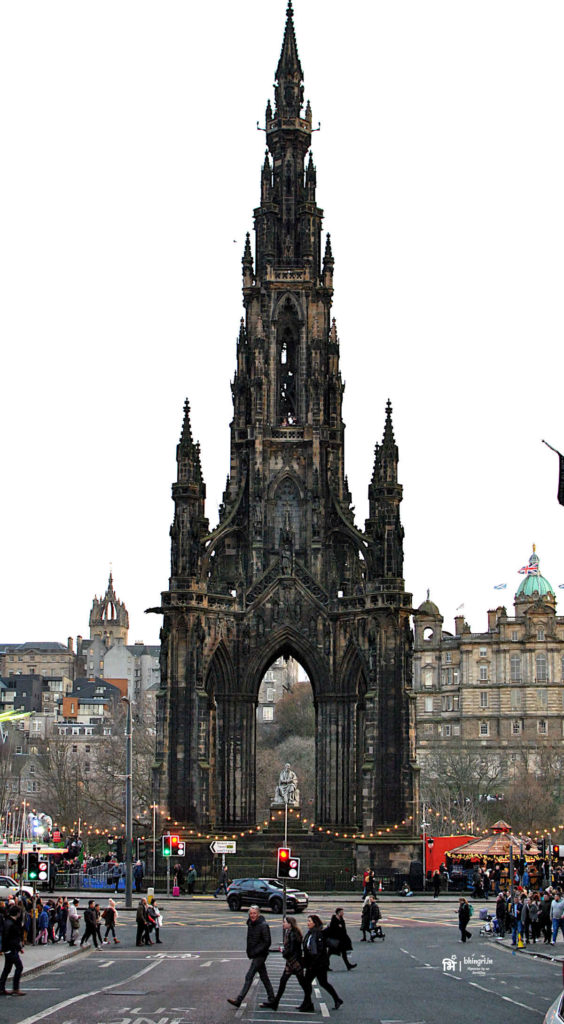

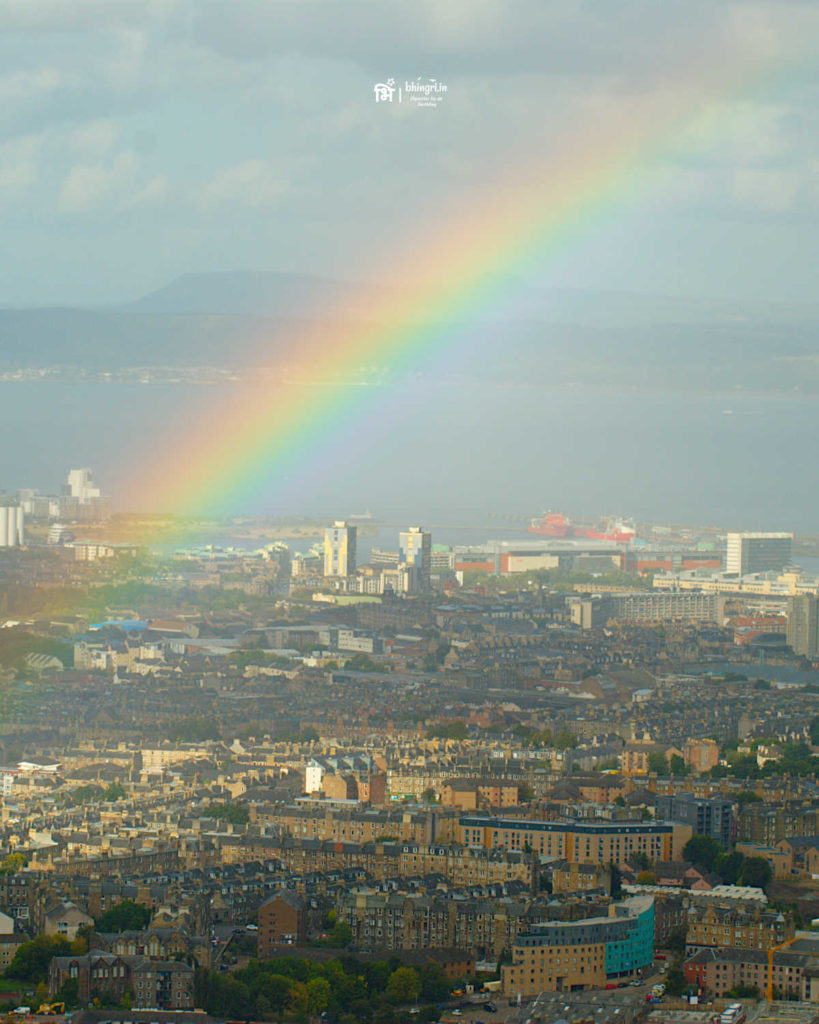
A Cannon of Most Interesting Origins
One of the popular tourist spots is a small hill overlooking the city of Edinburgh: Calton Hill. As one climbs up the hill, an old cannon greets first. It’s interesting how this cannon travelled to Edinburgh.

To begin with, the cannon was cast in Portugal when Portugal was under Spanish rule. We can clearly see a Spanish coat of arms on the cannon. The Portuguese later sent the cannon along with their troops to their colonies in the east. At some point it ended up in Burma, currently Myanmar. So there’s some Burmese inscription on it as well. When the British captured the Burmese Arakan kingdom, the cannon changed hands again. It then travelled in India until the end of British colonial era. It eventually ended up in Edinburgh and now overlooks the city from Calton Hill.
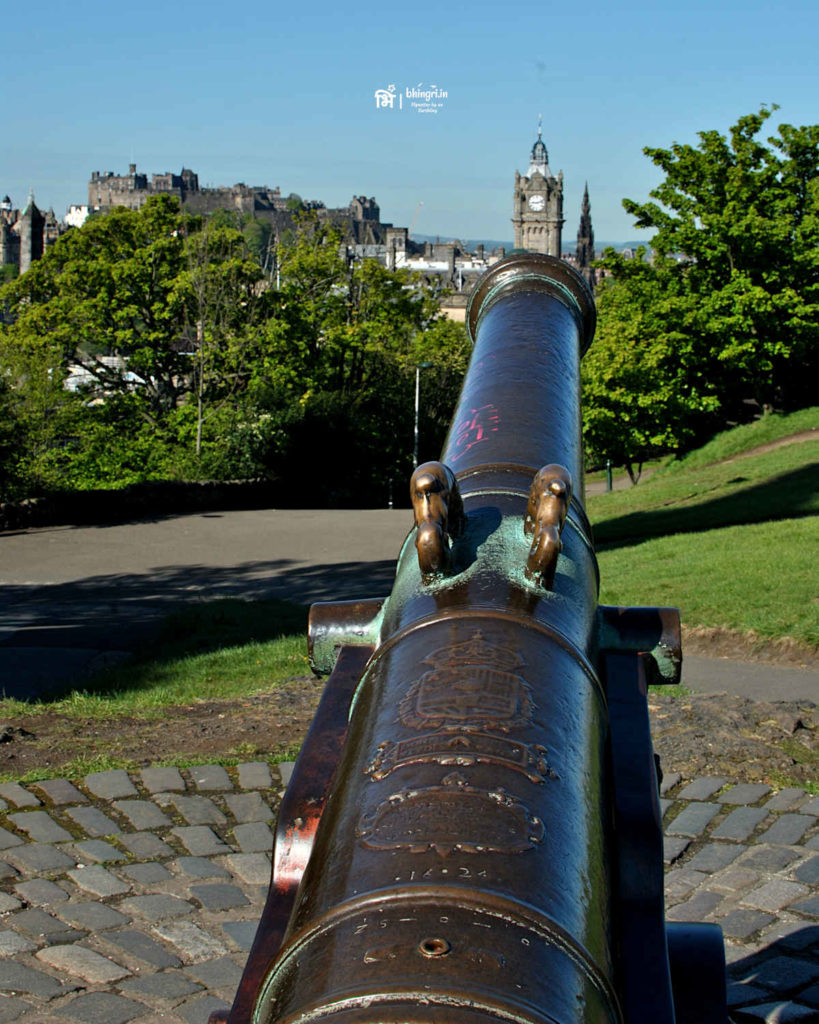
Watchtower in the Cemetery
A watchtower to watch over a graveyard !? That definitely would raise an eyebrow right? I also noticed that some of the graveyards have really high and thick walls, as if to prevent the dead from running away. It did amuse me and then I found out about incredibly dark history of Edinburgh of 1820s.

The reason for such security for cemeteries was one interesting phenomenon that evolved in early 1800s: body snatching. The physical sciences were evolving and so was the medical knowledge. Surgeons in a bustling town like Edinburgh were in constant need to have dead bodies to dissect for human physiological research. And as it happens everywhere, demand-supply mechanism came into play. An infamous duo Burke and Hare teamed up to literally murder people and then steal freshly buried bodies from cemeteries and supply to the burgeoning Edinburgh research scene!
This prompted the government to install watchtowers and high walls in the cemeteries in and around Edinburgh. Sometimes, the bodies would be buried in iron cage coffins! Funny thing is, today there are bodysnatchers tours for tourists. (No, I didn’t take one. Thanks.)

Do you remember Dolly?
If you were born in 80s or before, you’d probably remember Dolly. In 1996 it was a breaking news all across the world. Scientists had managed to clone the first mammal from an adult somatic cell, a sheep! They named her “Dolly”. Dolly survived for 5 more years. Guess what, the scientists who created Dolly are from University of Edinburgh! Dolly is now preserved in the National Museum of Scotland in Edinburgh. 🙂
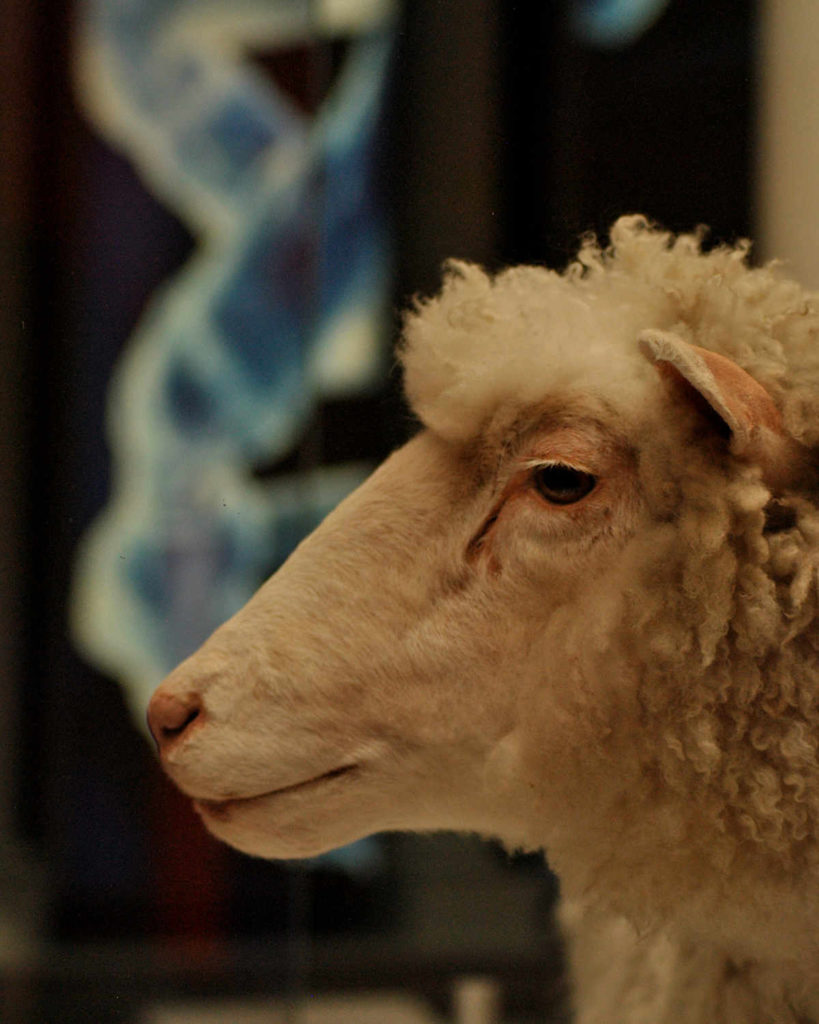
She looks, well, just like any other sheep. But why it was incredible 20 years ago was that this experiment proved complete DNA can be exploited from a somatic (body) cell. Dolly was success of a single egg out of total 277. Unfortunately, this famous cloned sheep died in 2003, due to an unusual reason: arthritis. Scientists observing her believed that was on account of more indoor and less physical lifestyle. Nevertheless, Dolly’s remains is an incredible treasure of the humankind that you can see up close (and for free) at the National Museum of Scotland.
Apart from Dolly, there are vast number of exhibits in the museum that are very interesting. In the technology section alone I could spend an entire day. Steam engine prototypes, engine shaft of Concorde, aircraft models and many more interesting exhibits make it a rich place of knowledge. So this one is a sure-fire attractor for people who love history, science and technology.

James Clerk Maxwell and Peter Higgs
One scientific epoch ended and another began with Maxwell
Albert Einstein

Honestly, I had no idea that these great physicists were from Edinburgh. Father of classical electromagnetism, colour theory, and most importantly kinetic theory of gases, the theoretical physicist James Clerk Maxwell spent most of his childhood in Edinburgh. The house where he was born is now converted to a tiny museum and is open to visitors by appointment. I didn’t get a chance to go inside but I did make this pilgrimage on the India street in Edinburgh.
Nobel laureate Peter Higgs, on whose work are the particles named as Higgs-Bosons is also Scottish and was born in Edinburgh. The paper he wrote bout the same was more than 50 years ago but it was only in 2012 that the a real proof of Higgs Bosons was found through the experiments at CERN, Switzerland. The 89 year old professor currently is an Emeritus Professor of Theoretical Physics. His 1964 residence from where he wrote his famous papers on Higgs Bosons now holds a plaque by his name.
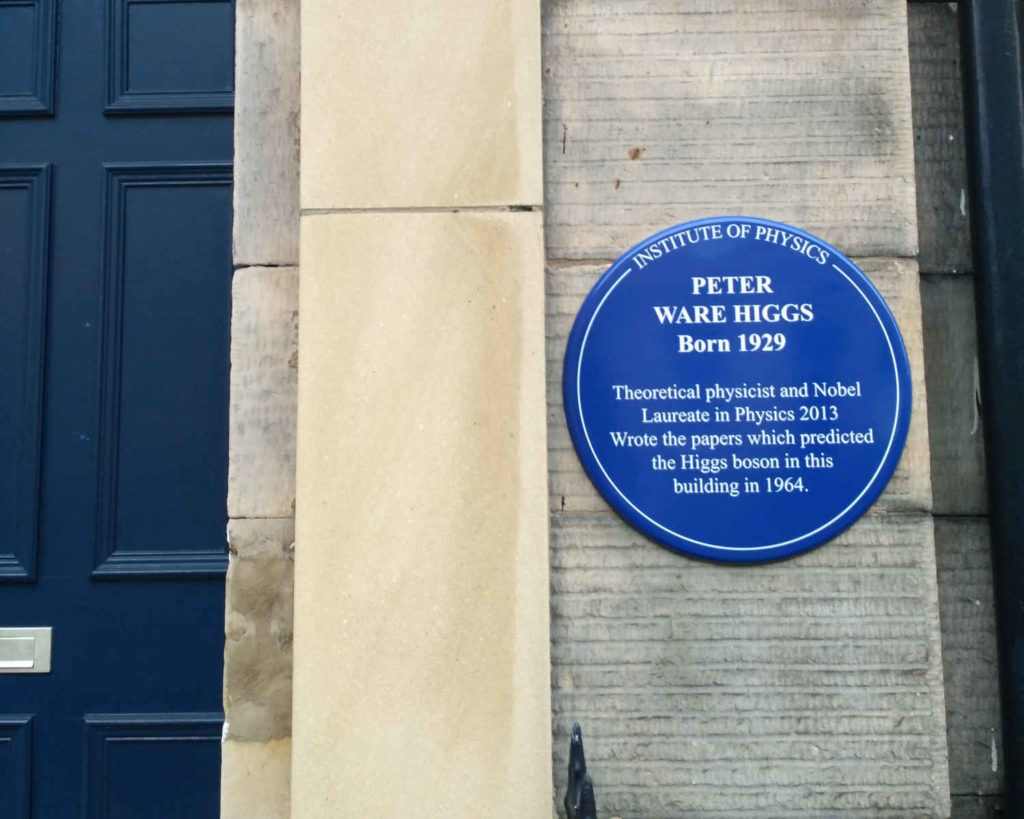
Fun fact: He recently said he’s frustrated with constant requests for selfies. Poor professor Higgs!
Salisbury Crags
The Arthur’s Seat point is an extremely famous location in the city and thousands of tourists visit it every week. Most, however, are not aware that they are standing on a (now) dead volcano that existed 340 million years ago! Yup, that’s right. The original volcano, geologists say, could have been 200 metre higher than the hill is today. Over the years the crater spewed explosive magma and ash in the surroundings and created interesting geological features. Today, thankfully, it is just a big hill.

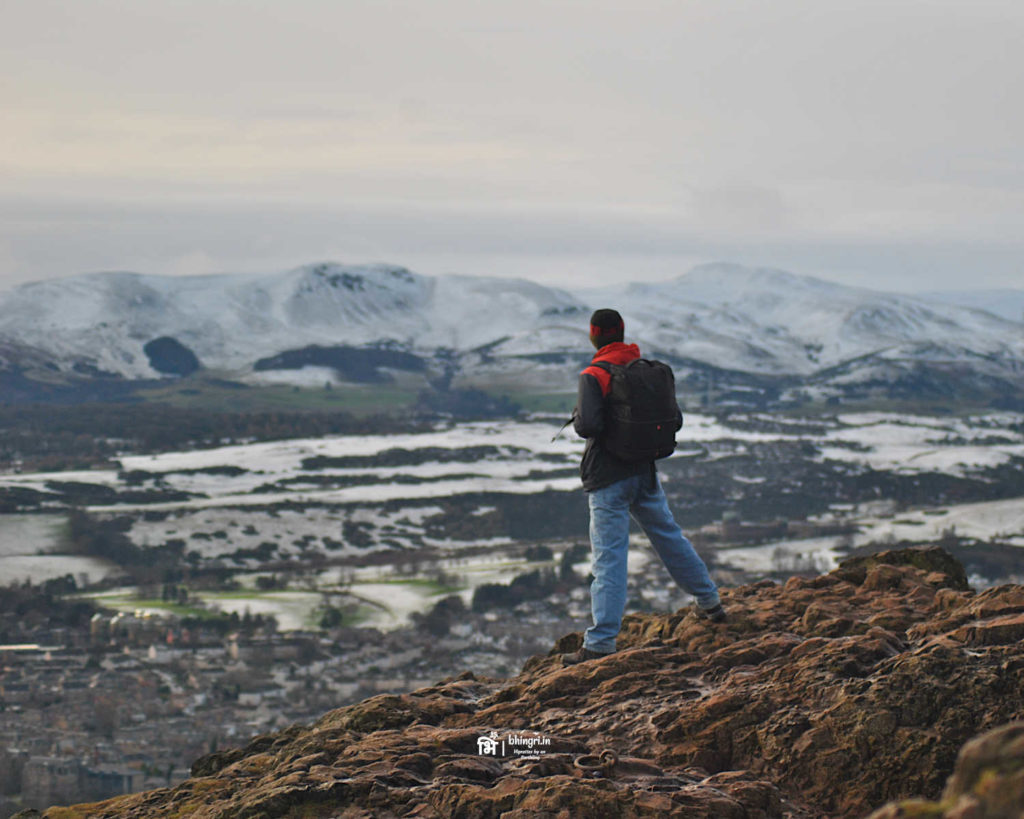
See the picture below? It’s incredible view right? It’s taken from Arthur’s Seat point. That also is an important evidence for the basis of modern rock formation theory. James Hutton a geologist from Edinburgh proposed that the this section of rocks crystalised from molten magma. This was contrary to the belief until then; geologists used to believe that all rocks formed from sedimentation. Hutton’s theory proved correct later on. The Salisbury Crags, the feature seen in the picture, remains a living proof of igneous rock formation and an inspiration for explorers (and rock climbers).

Dean village
Just on the outskirts of city centre of Edinburgh is this quaint little medieval settlement called Dean village. In the 12th century Edinburgh, this village settled strategically along a stream “Water of Leith” was home to a huge flour milling industry. In those times, of course, the city of Edinburgh wasn’t very big to be close to this village. Taking a stroll through the village is refreshing. The picturesque village now is a residential area of Scottish Baronial style architecture.


On the pathway along the Water of Leith, we can see the small weir dams built many years ago. There is also an old stone flywheel sculpture as an exhibit in the open. The village is lush green and peaceful. As you leave the cobbled streets and walk along the pathway, the sound of the water falling over weirs feels like an old soul narrating the story of once rumbling mills




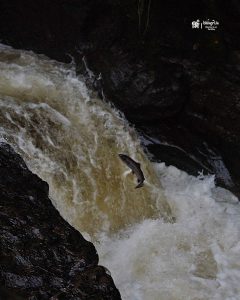

It’s really amazing place. N like always i really enjoyed to see this places with your point of view.. As always very nicely written blog.. I will wait for the next blog…
Thanks a lot Mitali 🙂
Next blog comes up today!